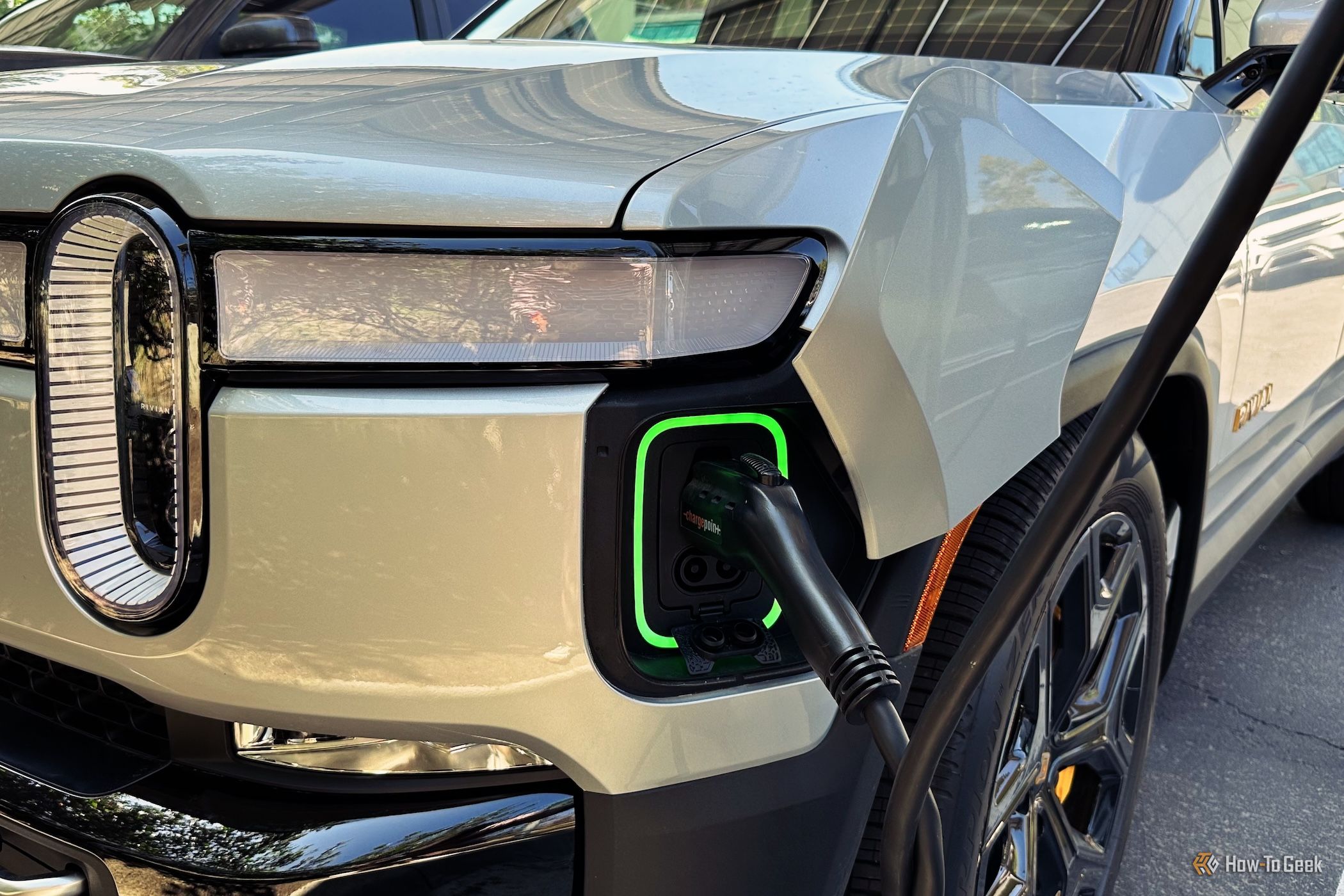
Preventative Tips for a Smooth Electric Vehicle Charging Experience

Preventative Tips for a Smooth Electric Vehicle Charging Experience
With all the fun new electric vehicles coming to market, you likely have lots of questions. First-time EV owners will end up developing new driving habits, visiting gas stations less, and figuring out a good charging routine. However, with new technology comes growing pains, and you’ll want to avoid some of these common EV charging mistakes.
That new car feeling is wonderful, where you’re worried about keeping the interior clean, dirty windows, or scratches. Many enthusiasts keep up with oil changes and baby their new wheels. However, with an electric vehicle, there are entirely new challenges. Some of those include how and when to charge, EV charging speeds , cable types, not to mention over-charging. So, here are a few things you should know.
Watch Out for Overcharging
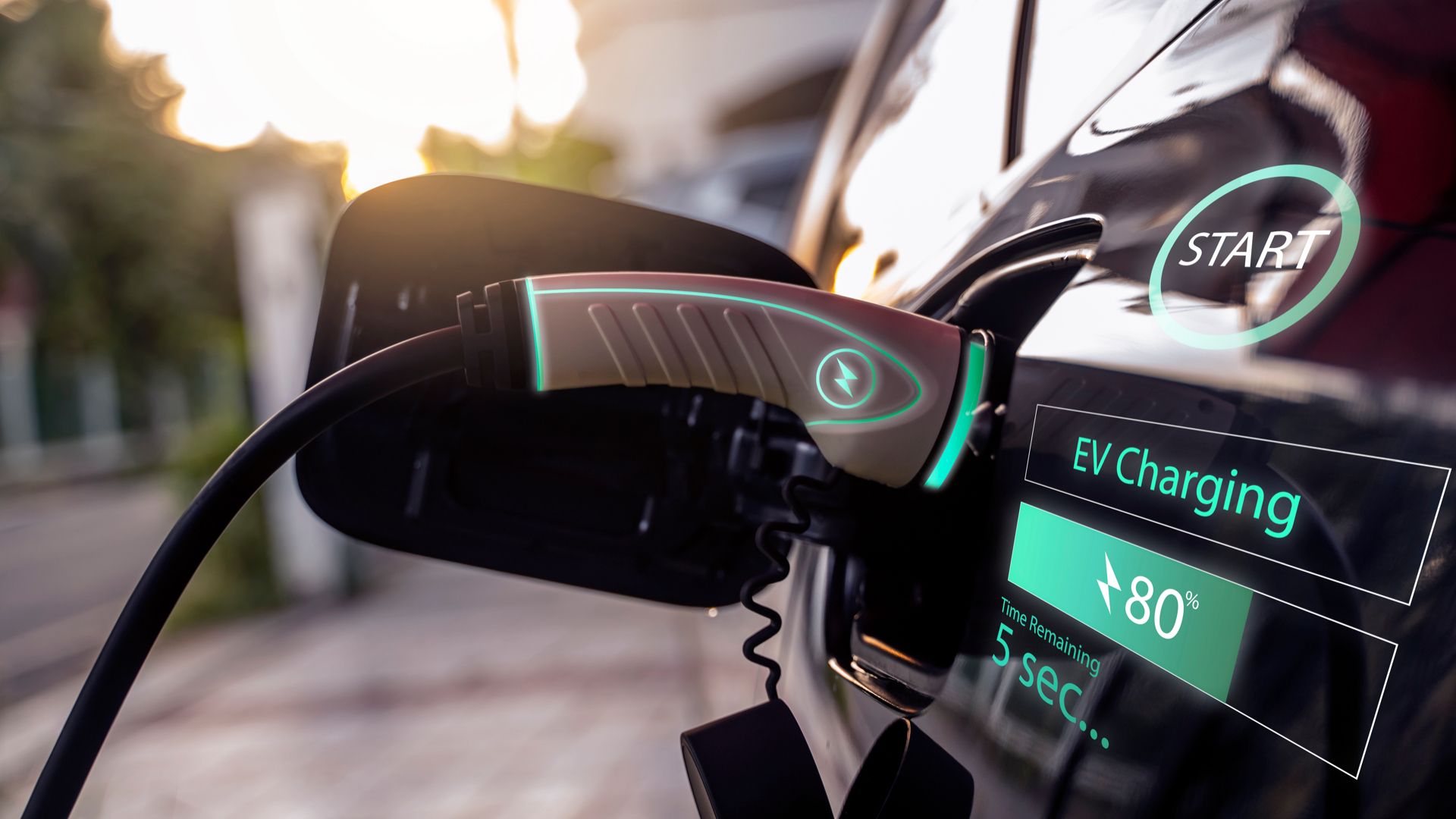
HaveanicedayPhoto/Shutterstock.com
Thankfully, most EVs available these days are pretty smart and have many systems and software to aid owners. You’ll still want to watch out for several common mistakes, like overcharging.
The battery inside your EV is similar to what’s inside a smartphone, but you’ll want to use different charging habits. Don’t just throw it on the charger overnight; you could slowly decrease its lifespan and cause battery degradation. Thankfully, electric vehicles in the U.S. come with at least an 8-year battery warranty, and most should easily outlast that warranty lifespan .
You’ve probably heard of the 80-20 rule. If not, it’s something most manufacturers suggest. Don’t charge your EV over 80% unless you’re headed on a long road trip, and avoid letting the battery dip below the 20% threshold. If you constantly charge to 100%, you’ll reduce its lifespan faster than if you follow the 80-20 rule.
Electric vehicles aren’t maintenance-free , but they’re certainly easier to care for than a traditional gasoline-powered car. Similar to how keeping the engine in tip-top shape is the most essential aspect of an ICE car, keeping your battery healthy is crucial on an electric vehicle.
Slow Level 1 Charging At Home
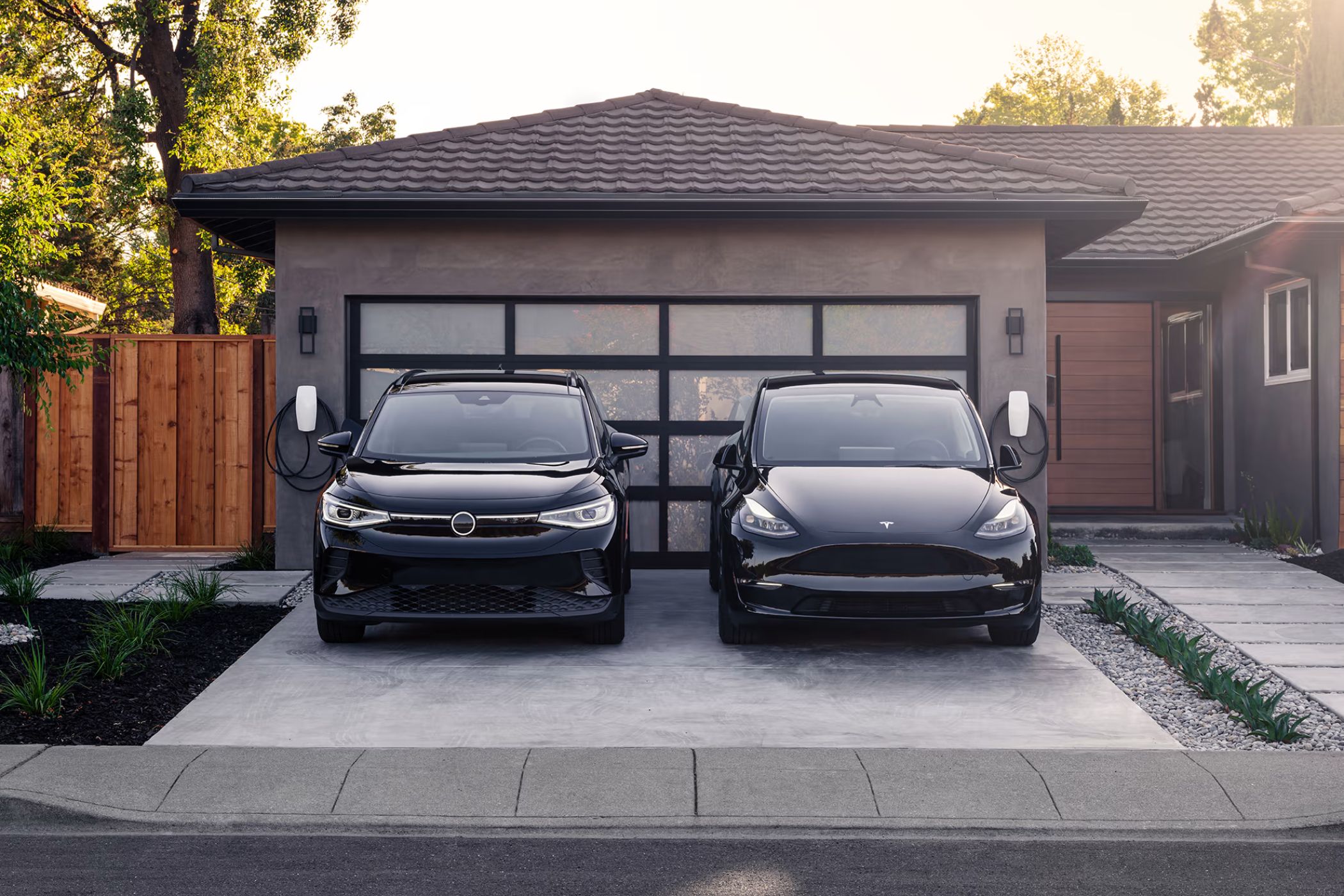
Charging an EV at home is significantly less expensive than fueling up with gasoline, and it’s also cheaper than using a public charging station. However, unless you have a modern home with upgrades or installed a faster level 2 charger , you’ll only be able to use slow level 1 charging with a regular 120V wall outlet. Every EV in the US comes with one of those charging cables, so naturally, most owners take advantage of it.
While it’s helpful that owners can charge their vehicle at home without any garage upgrades or pricey installations of a faster charger, you’ll quickly realize that a slow charge might not be enough for daily commutes or weekend adventures.
Modern EVs can recharge incredibly quickly. By using the slow level 1 charger at home, it’ll not only take forever, but those outlet cables get hot and aren’t necessarily designed for an electric vehicle. The potential for overheating, short circuits, and other issues is greater than using a dedicated EV charger. So, if you have a fancy new EV, consider upgrading your home with a faster level 2 wall charger.
Using Fast Charging Too Often
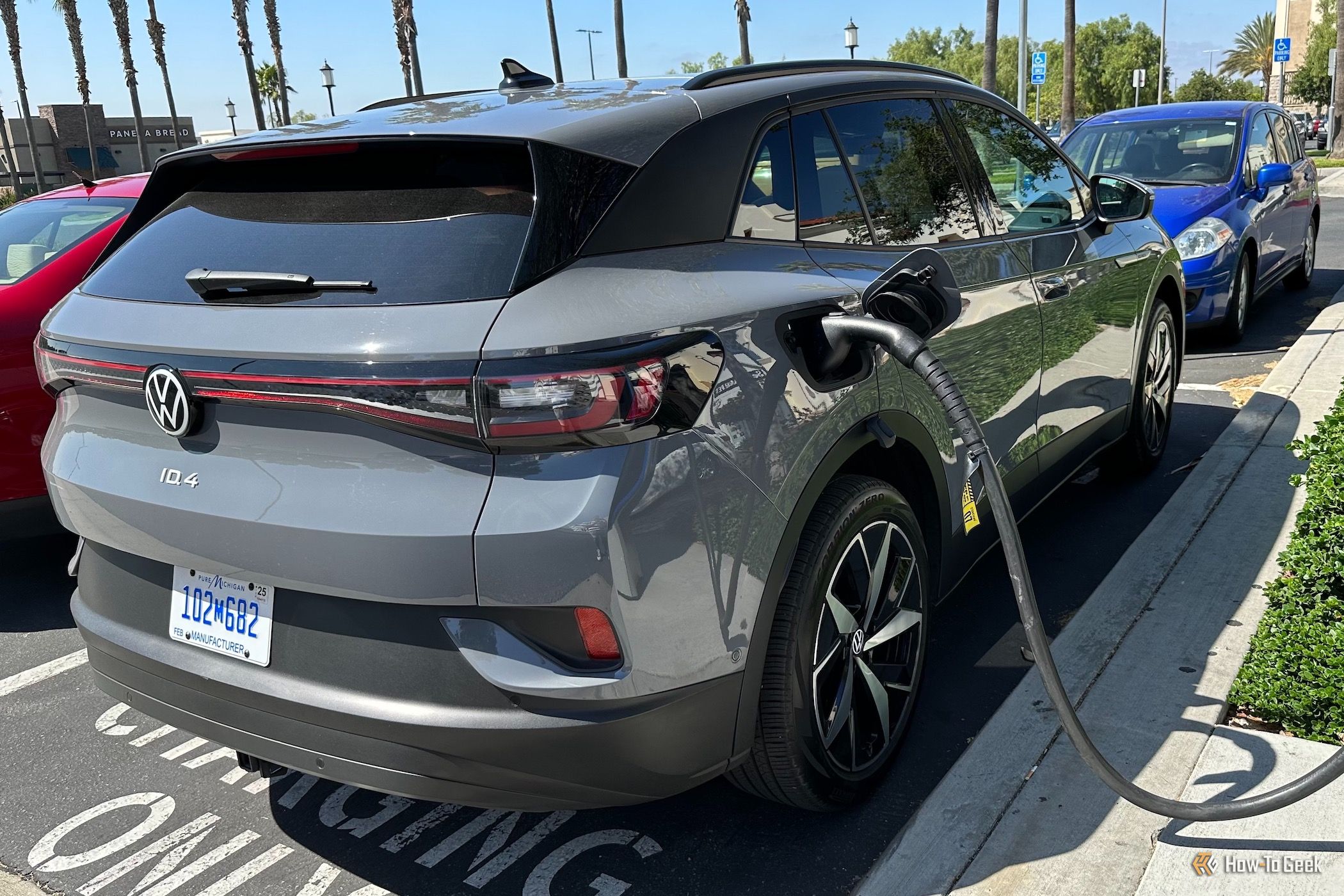
Tyler Hayes / How-To Geek
Moderation is key for everything in life, and that saying also applies to your new EV. For example, using fast charging stations all the time can degrade the battery faster because it’s receiving a lot of electricity very quickly. Just because there’s a nice Tesla Supercharger station or DC fast charger where you work doesn’t mean you need to use it daily or every single time you charge the car.
Frigid temperatures are not good for the battery, nor is extreme heat, and using the fastest charging possible gets things really hot. As a result, most EVs have battery cooling systems and software to detect temperatures and slow down the speeds, but it’s still better to be safe than sorry.
Not only will all those chemical reactions in a lithium-ion battery affect the capacity, but they’ll also cause degradation. So, while you may be tempted to take advantage of fast charging as much as possible, limiting using those systems to when it’s truly necessary, like on a road trip or when you’re late for work and running low on juice is a good idea. Instead, opt for slower (but still plenty quick) level 2 charging speeds at home or in public.
Charging During Peak Hours
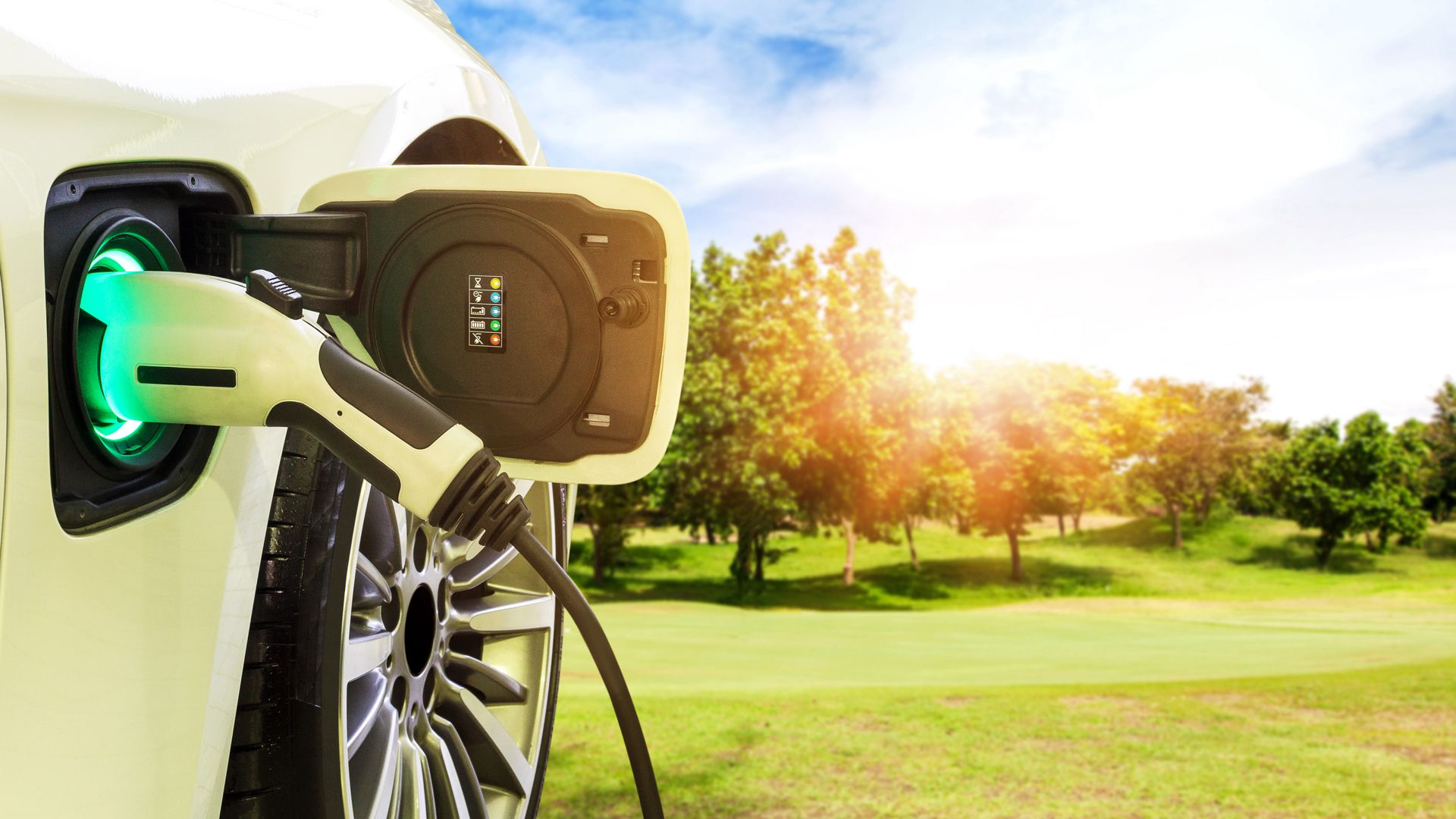
As we all know, electricity in most states costs the most during peak hours. You probably already do your laundry at night or turn the AC down when you’re not home. When you get an EV, you need to work that into your routine as well. Taking advantage of off-peak charging can save you a pretty penny.
Don’t plug in your EV the moment you get home at 5 p.m., which is a peak time for most of the country. Instead, wait a few hours and take advantage of more affordable rates later in the evening. That said, I understand that a lot of people can’t (or don’t want to) stay up and charge between 10 p.m. and midnight, but that’s when prices will drop the most.
Unfortunately, this means most users plug in their EVs overnight, taking advantage of peak hours, but that’s not the best idea either, which we’ll explain next. To save money, try to charge your EV in the early morning or later at night.
Leaving Your EV Plugged In Overnight
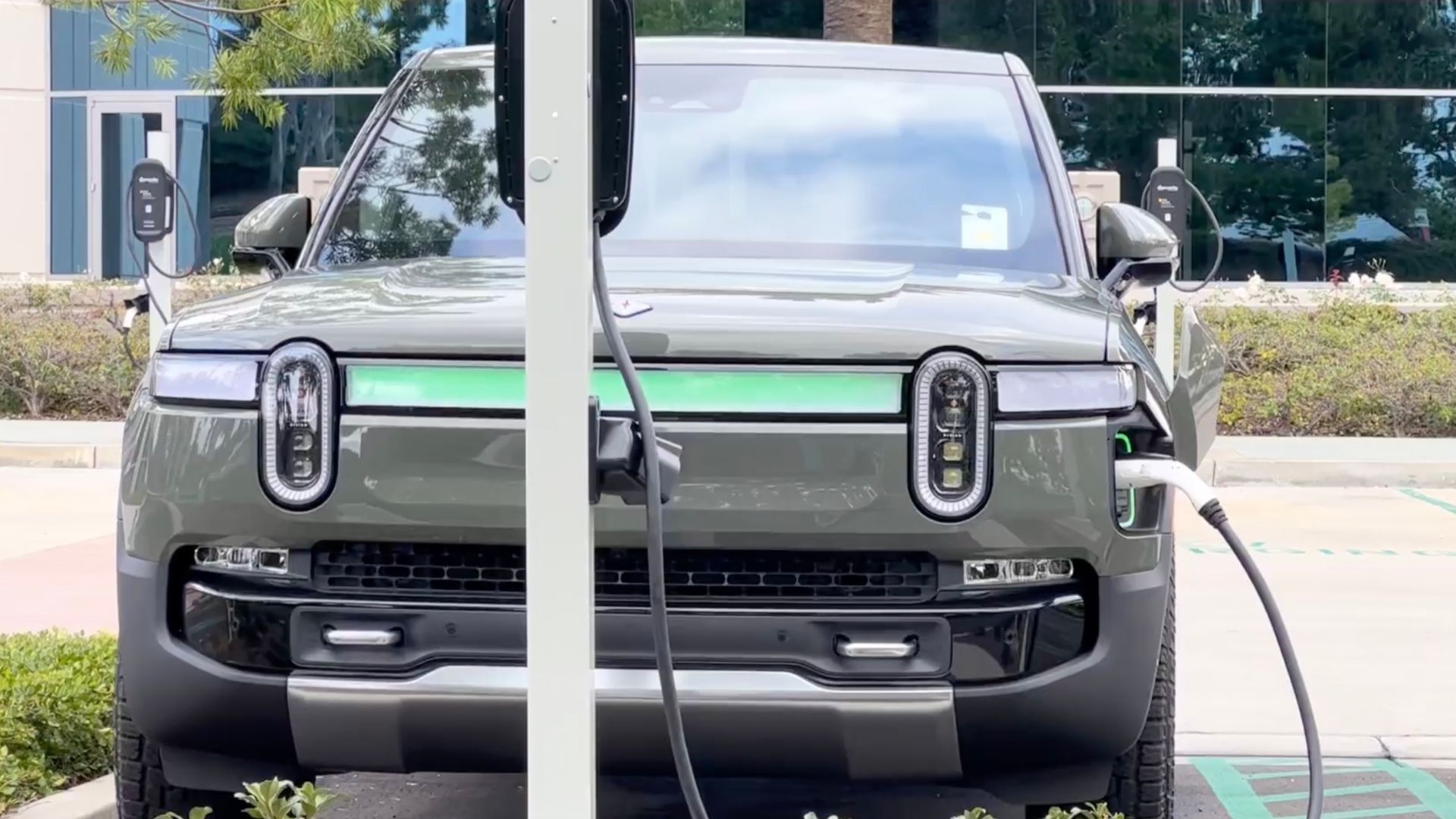
While plugging your EV in overnight is likely perfectly fine, especially on a slower level 2 charger when you need a lot of charge, you’ll want to avoid letting it sit at 100% for hours on end. If you know you’ll reach a full charge by a specific time, watch out for it and unplug your vehicle once it gets to that point.
This same logic goes for using public fast chargers at a shopping mall. Just because a charger is readily available doesn’t mean you’ll always want to use it. Getting a full battery and leaving it plugged in while shopping for several hours isn’t ideal. It’s not doing any good for your battery, EV cooling system, the grid, or others looking for an available station.
Sure, your vehicle is smart enough to cut off charging at a certain point, but it’ll still send power to the charger, produce heat, and make the overall system and charge unit work more than necessary. For battery longevity, avoid overcharging your vehicle or letting it sit plugged in at 100% for too long.
Don’t Let Your EV Battery Get to Zero
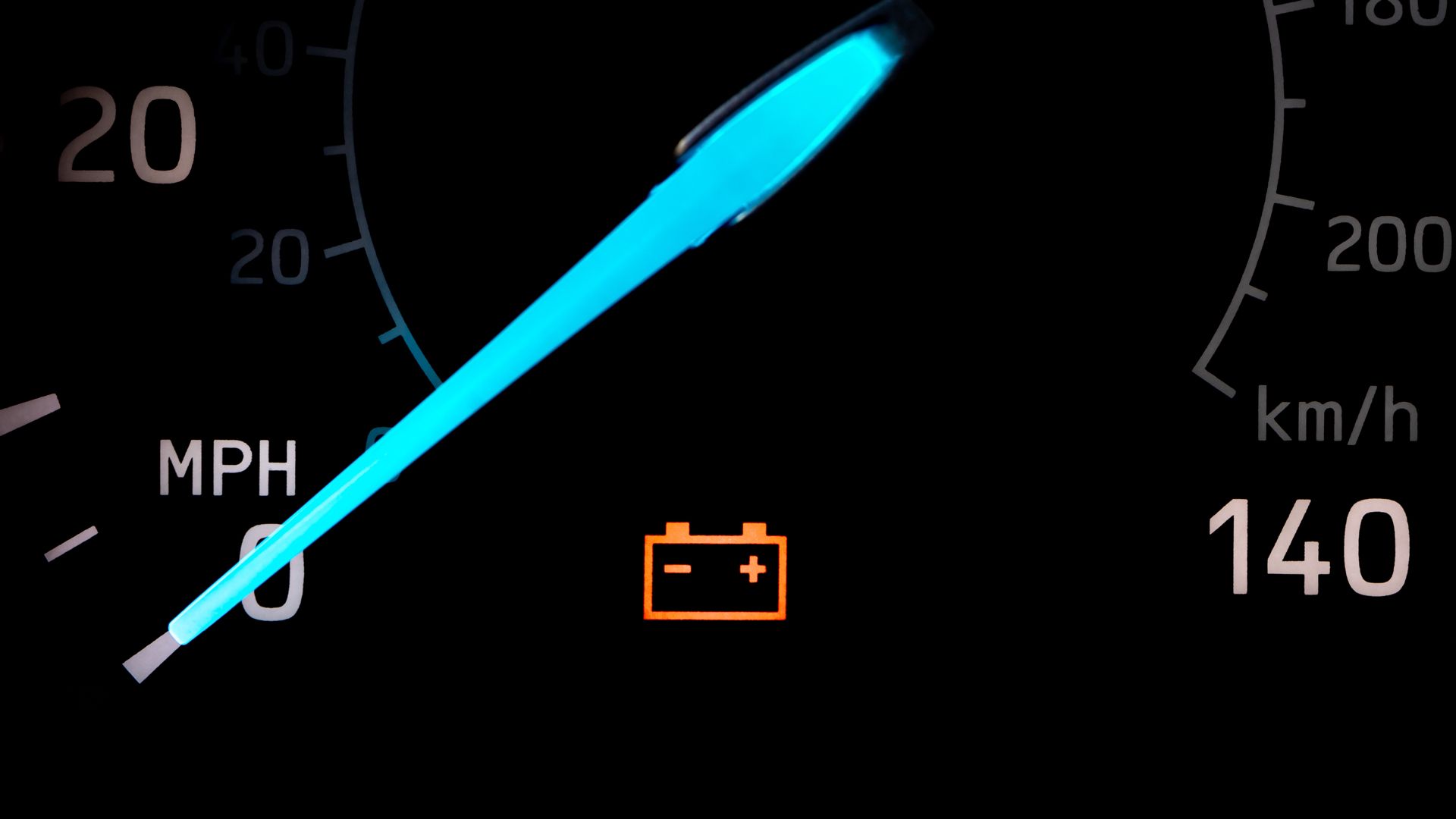
You never want to let any lithium-ion battery go to zero, whether that’s your smartphone, smartwatch, laptop, or the vehicle parked in the garage. The battery cells can permanently die, giving the car less overall capacity. And while it’s a small amount, over time, that’ll add up to a lot of lost range. For example, after ten years of charging an electric car, the battery will slowly degrade, likely only holding around 80-90% of its original capacity. This is normal.
Letting it go to zero too often may accelerate the degradation and leave you with a shorter range quicker than expected. Thankfully, most modern electric vehicles will stop moving or make you find a charger before the battery is completely depleted to prevent damage. Basically, it won’t let you truly go to 0% battery. However, you’ll still want to try and always stay above 10-20% remaining.
Leaving an EV parked for an extended time while already at a low battery percentage could cause the battery to drain to unsafe levels, so it’s recommended always to keep things above 20% or even higher if it’ll be parked for a while.
Take Care of the Battery
When it comes to electric vehicles, the battery is the most critical component. It’s also the most expensive, which is why you’ll want to do anything possible to extend the life of your EV battery . While each of the things mentioned above seem minor, over time, or several of them combined, can and will lead to a decrease in range or a shorter lifespan for your vehicle. So, avoid these common mistakes and enjoy that fancy new car, truck, or SUV.
Also read:
- [New] In 2024, Live Audience Score Keeper Apps
- [New] Vector Art Basics for Newcomers, Diverse Forms and Tools
- [Updated] Supernatural Video Slowdown Handbook
- [Updated] The Gradual Sound Escalation Audition’s Guide to Fades
- [Updated] The Ultimate Tutorial for Uploading to Instagram TV for 2024
- [Updated] The Ultimate Windows Mobile Video Playback Guide
- 2024 Approved Optimal Viewing Solution Projector or TV for Top 4K Quality
- 2024 Approved The Allure vs Warnings of Virtual Reality Worlds
- Advanced Text Editing with EmEditor Professional 7.02 RC1 - Powerful Word Processor
- Detailed guide of ispoofer for pogo installation On Apple iPhone 12 mini | Dr.fone
- In 2024, Syncing with Symphonies Music on WhatsApp Status
- In 2024, The Ultimate Guide to Drying Out Distorted Sounds Three Effective Methods
- In 2024, Ultimate Guide on Oppo Reno 11 5G FRP Bypass
- Learn How to Build YouTube Backlinks for Your Channel
- New Stop Motion Mastery on Instagram From Basics to Pro
- Simplifying Windows 11 Sound Logging for 2024
- The Ultimate Android Gaming Experience - KineMaster Reviewed for 2024
- Transform Canon Photos Gratuitous Fundamentals + Optional LUT Expansion for 2024
- Winterize Windows: Holiday Customization Steps
- Title: Preventative Tips for a Smooth Electric Vehicle Charging Experience
- Author: Daniel
- Created at : 2025-03-02 02:20:09
- Updated at : 2025-03-06 01:08:30
- Link: https://some-skills.techidaily.com/preventative-tips-for-a-smooth-electric-vehicle-charging-experience/
- License: This work is licensed under CC BY-NC-SA 4.0.